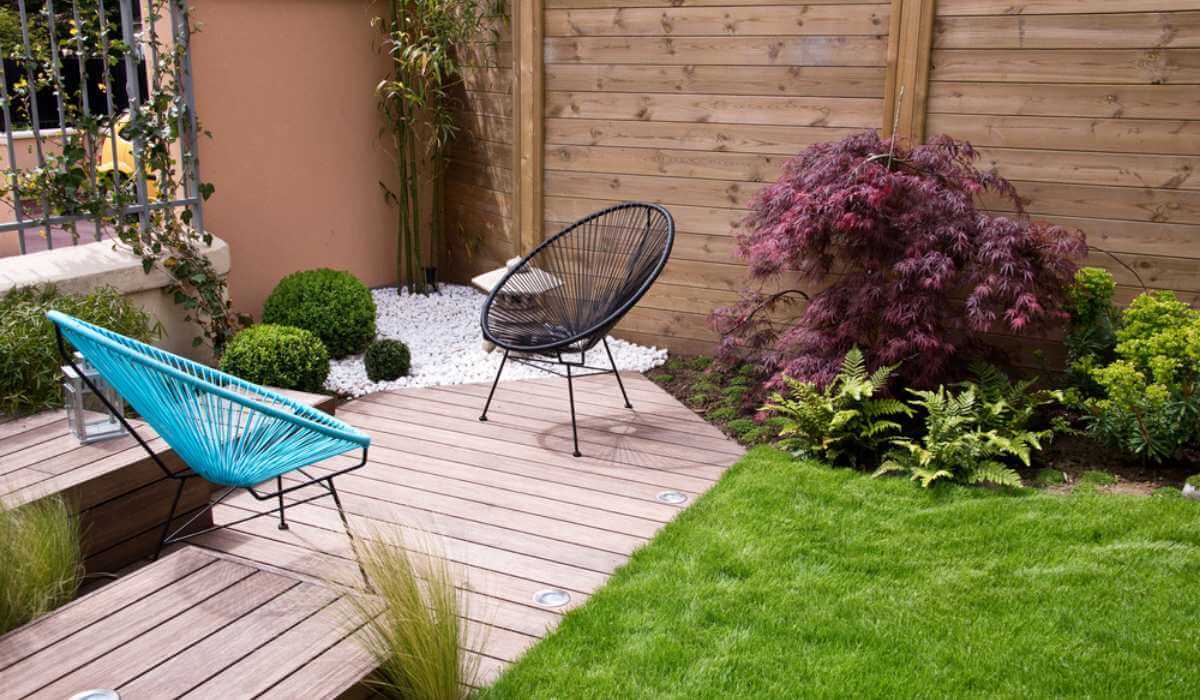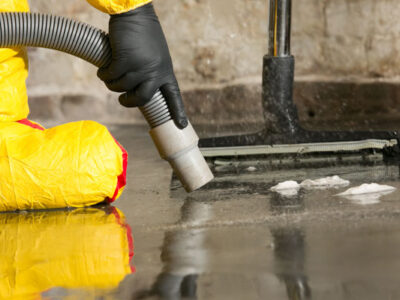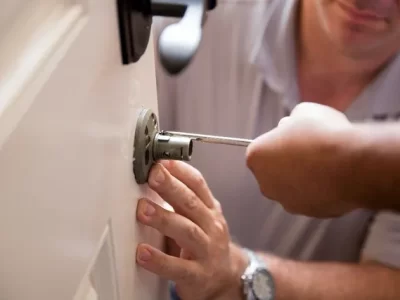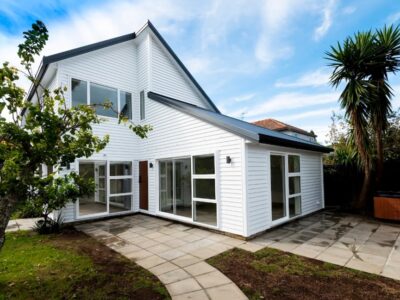A small garden can be a great addition to any home. Not only do they provide a place to relax and enjoy the outdoors, but they can also increase your property value and provide you with fresh produce. However, designing a small garden can be challenging. Here are some tips to help you get started:
Choose the right location
If you’re lucky enough to have a yard, you might be considering turning a portion of it into a garden. But if you don’t have a lot of space to work with, you might be wondering how to go about designing a small garden. First and foremost, it’s important to choose the right location. A small garden should be placed in an area that gets at least six hours of sunlight per day. If you have a shady yard, consider planting groundcover or shade-loving plants. Once you’ve picked the perfect spot for your garden, you can start planning what to plant. If you’re short on space, it’s important to choose plants that will make the most of the space you have. Vertical growers like ivy and climbers are great for adding interest and dimension to a small garden. Likewise, dwarf varieties of shrubs and trees can also help to maximize your space. With a little ingenuity, even the smallest yard can be transformed into a beautiful and functional garden oasis.
Create a plan
Gardening is a fun and rewarding hobby, but it can also be a bit daunting for beginners. Where do you start? What type of plants should you grow? How do you design a garden that will be both beautiful and functional? The key is to start with a plan. Before you start digging, take some time to decide what types of plants you want to grow and where you want them to go. Sketch your garden design or use landscape design software to create a digital model. Once you have a plan in place, you can start bringing your garden to life. And who knows? With a little practice, you may find yourself designing gardens for others to enjoy.
Consider adding garden sheds
When planning your small garden design, don’t forget to add a shed! Garden sheds provide much-needed storage space for all of your gardening supplies, tools, and equipment. But that’s not all – sheds can also be used as a cozy retreat, a workshop, or even a home office. If you’re looking for some extra living space, consider adding a shed to your garden. When choosing a shed, there are a few things to keep in mind. First, consider the size and shape of your garden. Second, think about how you will use the shed and what features you need. And finally, choose a shed that complements the style of your home. With a little planning, you can find the perfect shed for your small garden design.
Consider your soil type
When it comes to small garden design, one of the most important considerations is your soil type. The type of soil in your garden will determine what types of plants will grow best. If you’re not sure what type of soil you have, take a sample to your local nursery or Cooperative Extension office for testing. Once you know your soil type, you can select plants that are well-suited to the conditions in your garden. For example, if you have sandy soil, you might want to consider planting succulents, which are drought-tolerant plants that don’t need a lot of water. Or, if you have clay soil, you might want to add some organic matter to help improve drainage. There are many different ways to create a beautiful small garden, but choosing the right plants for your soil type is a great place to start.
Build raised beds
Raised beds are a great way to improve drainage and prevent soil compaction. They also make it easier to reach your plants without walking on the soil, which can damage roots and disrupt growth. By definition, a raised bed is simply a planting area that is elevated above the surrounding ground. Raised beds can be created using a variety of materials, including wood, stone, or even recycled plastic. One of the key benefits of raised beds is that they offer excellent drainage. This is because raised beds allow water to drain away from the roots of plants more quickly than in traditional gardens. In addition, raised beds to help to prevent soil compaction. This is because the weight of the soil is spread over a larger area, making it less likely to become compacted. As a result, raised beds can provide better growing conditions for your plants. In addition to their practical benefits, raised beds can also be used to create an attractive garden design. By choosing the right materials and plants, you can create a beautiful and unique planting area that will transform your outdoor space.
Use mulch
If you’re looking for a way to liven up your small garden, consider using mulch. Mulch helps to retain moisture in the soil and prevents weeds from taking over your garden bed. Apply a layer of organic mulch, such as wood chips or leaves, around your plants each year. You’ll be amazed at the difference it makes! Not only will your plants look healthier, but you’ll also find it easier to keep your garden free of weeds. And if you choose an attractive mulch, such as colored wood chips or shredded leaves, it can even help to give your garden a bit of pizzazz. So don’t be afraid to experiment with mulch – it just might be the key to unlocking the full potential of your small garden.













Comments